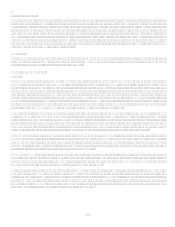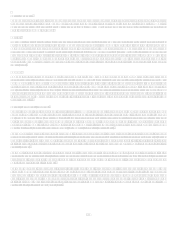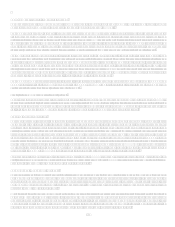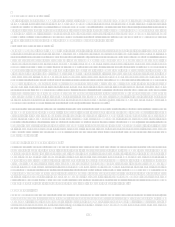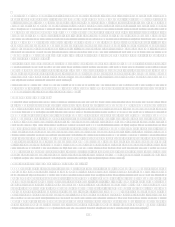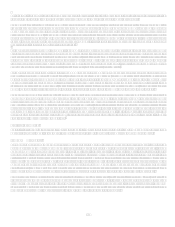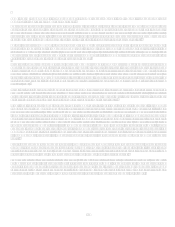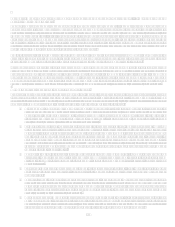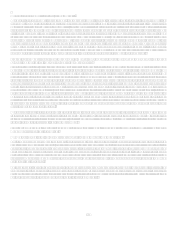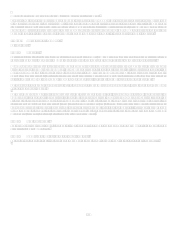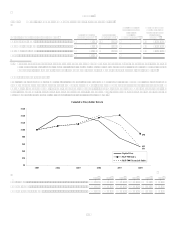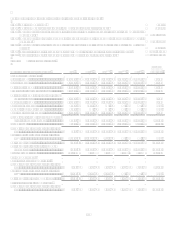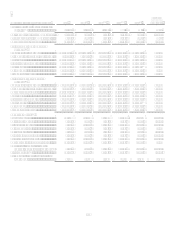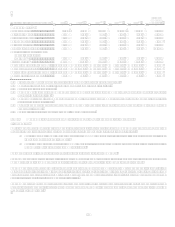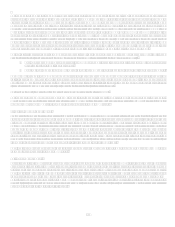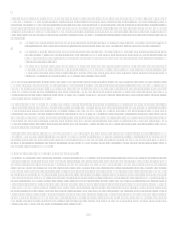Capital One 2008 Annual Report Download - page 39
Download and view the complete annual report
Please find page 39 of the 2008 Capital One annual report below. You can navigate through the pages in the report by either clicking on the pages listed below, or by using the keyword search tool below to find specific information within the annual report. 21
The Capital Markets And Credit Environment Have Experienced Unprecedented Levels Of Volatility, Which Could Have A
Negative Impact On Our Business
The capital markets have experienced and are continuing to experience extended volatility and disruption, which has reached
unprecedented levels. In some cases, the markets have produced downward pressure on stock price and credit capacity for issuers
without regard to those issuers underlying financial strength. Such market conditions may limit the Companys ability to replace, in a
timely manner, maturing liabilities, satisfy regulatory capital requirements and access the capital necessary to maintain and grow our
business. As such, the Company may be forced to delay raising capital or bear an unattractive cost of capital, which could limit
financial flexibility and ultimately jeopardize its overall liquidity and capital position. In the event the Company needs to preserve its
capital levels or raise additional capital, the current level of dividends paid to shareholders may decrease and the price at which
additional capital may be raised could be dilutive to existing shareholders.
Similarly, as a result of the extreme dislocation in the marketplace, the market value of assets in the Companys investment portfolio
has declined, and such decline may be lasting or could become even more severe. Such decline has increased and could continue to
increase the Companys unrealized losses, which could have a negative impact on the Companys capital position.
In response to this market dislocation, the federal government has taken unprecedented government action, including the various
programs implemented by the U.S. Treasury to inject capital into the financial system. However, there is no guarantee that the
Treasurys programs will necessarily benefit the financial markets in general or the Company in particular. In addition, the Company
could also be adversely impacted if certain of its competitors are beneficiaries of certain of the governments programs and the
Company does not receive comparable assistance. The government may not continue to intervene in the financial markets, and any
governmental intervention may not have a positive impact on the Companys business, financial condition or results of operations.
We May Experience Increased Delinquencies And Credit Losses
Like other lenders, we face the risk that our customers will not repay their loans. Rising losses or leading indicators of rising losses
(such as higher delinquencies, non-performing loans, or bankruptcy rates; lower collateral values; rising unemployment rates) may
require us to increase our allowance for loan and lease losses, which may degrade our profitability if we are unable to raise revenue or
reduce costs to compensate for higher losses. In particular, we face the following risks in this area:
Missed Payments. Our customers may miss payments. Loan charge-offs (including from bankruptcies) are generally
preceded by missed payments or other indications of worsening financial condition. Our reported delinquency levels
measure these trends. Customers are more likely to miss payments during an economic downturn. In addition, we face the
risk that consumer and commercial customer behavior may change (i.e. an increased unwillingness or inability to repay
debt), causing a long-term rise in delinquencies and charge-offs.
Estimates of inherent losses. The credit quality of our portfolio can have a significant impact on our earnings. We allow
for and reserve against credit risks based on our assessment of credit losses inherent in our loan portfolios. This process,
which is critical to our financial results and condition, requires complex judgments, including forecasts of economic
conditions, which may no longer be capable of accurate estimation. We may underestimate our inherent losses and fail to
hold a loan loss allowance sufficient to account for these losses. Incorrect assumptions could lead to material
underestimates of inherent losses and inadequate allowance for loan and lease losses. In addition, our estimate of inherent
losses impacts the amount of allowances we build to account for those losses. The increase or release of allowances
impacts our current financial results.
Underwriting. Our ability to assess the credit worthiness of our customers may diminish. If the models and approaches we
use to select, manage, and underwrite our consumer and commercial customers become less predictive of future charge-
offs (due, for example, to rapid changes in the economy, including the unemployment rate), our credit losses and returns
may deteriorate.
Business mix. Our business mix could change in ways that could adversely affect credit losses. We participate in a mix of
businesses with a broad range of credit loss characteristics. Consequently, changes in our business mix may change our
charge-off rate.
Charge-off recognition. The rules governing charge-off recognition could change. We record charge-offs according to
accounting and regulatory guidelines and rules. These guidelines and rules, including the FFIEC Account Management
Guidance, could require changes in our account management or loss allowance practices and cause our charge-offs to
increase for reasons unrelated to the underlying performance of our portfolio. Such changes could have an adverse impact
on our financial condition or results of operation.
Mortgage repurchases. We may be required to repurchase mortgage loans that we sell to investors in the event that there
was improper underwriting or fraud, or in the event that the loans become delinquent shortly after they are originated.
Typically, loans are put back to originators if they experience delinquencies. Consequently, we may be exposed to credit
risk associated with sold loans. We hold a reserve against this risk, but the reserve may not be adequate.


